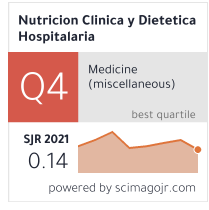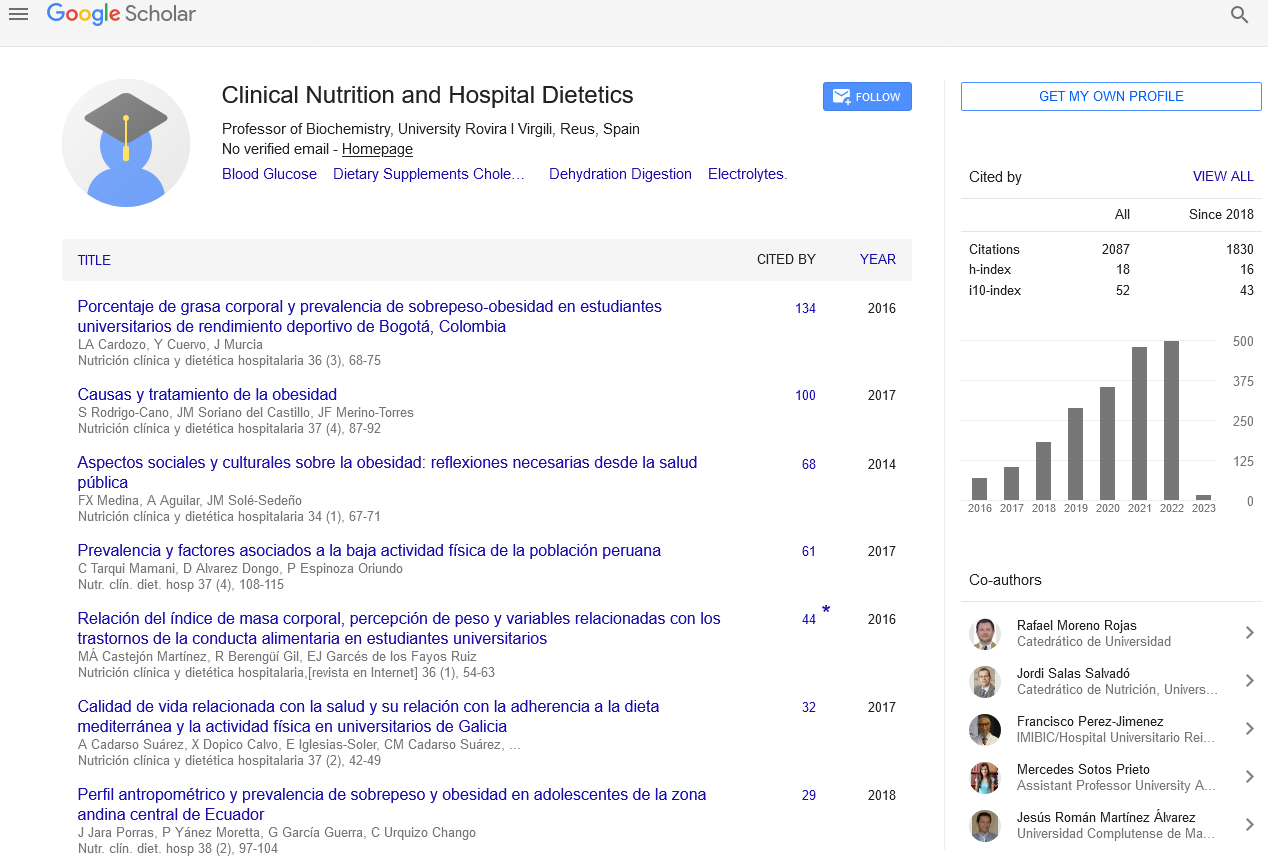Abstract
C-reactive protein as inflammatory biomarker and associated factors in type 2 diabetics patients treated at public health system
Author(s): De Albuquerque Melo, Marcela1; Miranda Tassitano, Rafael 2; De Moraes Vasconcelos Petribú, Marina3; Couto Santos, Eduila Maria3; Araújo de Santana, Raquel 4; De Arruda Câmara e Siqueira Campos, Florisbela3
Introduction: Diabetes is a global epidemic that increases the risk of circulatory events and constitutes a considerable challenge to healthcare services.
Objective: Determine levels of high sensitivity C-reactive protein levels and associated factors in patients with diabetes in the municipality of Vitória de Santo Antão, Brazil.
Methods: A population-based, cross-sectional study was conducted from July to October 2011. Socio-demographic, lifestyle, clinical, anthropometric and biochemical variables were analyzed and associations with high sensitivity C-reactive protein levels were determined. Statistical analysis was performed with the aid of the Predictive Analytics Software, version 13.00, with a 5% level of significance.
Results: The sample comprised 409 individuals, 73.1% of whom were female. Age ranged from 20 to 90 years (mean: 61.00 ± 11.62 years) and older adults accounted for the largest proportion of the sample (56.2%). The body mass index demonstrated that 75.2% had excess weight. The waist-to-hip ratio, waistto-height ratio, conicity index and waist circumference revealed obesity rates of 65.4%, 90.27%, 89.0% and 58.4%, respectively. A total of 53.2% had high sensitivity C-reactive protein levels (> 0.3 mg/L). Moreover, sex, level of schooling, fasting blood sugar, high density lipoprotein cholesterol, waist-to-height ratio and waist circumference were significantly associated with inflammation after controlling for confounding variables.
Discussion: The present results suggest that maintaining a fasting blood sugar level below 100 mg/dl and a good HDL-c level as well as avoiding central obesity can have a protective effect against the occurrence of chronic inflammation in patients with diabetes
Conclusion: High sensitivity C-reactive protein levels were high in the majority of patients studied and were associated with the female sex, abdominal obesity, low HDL-c levels, a low level of schooling and high blood sugar levels.
Google Scholar citation report
Citations : 2439
Clinical Nutrition and Hospital Dietetics received 2439 citations as per google scholar report
Indexed In
- Google Scholar
- Open J Gate
- Genamics JournalSeek
- Academic Keys
- JournalTOCs
- ResearchBible
- SCOPUS
- Ulrich's Periodicals Directory
- Access to Global Online Research in Agriculture (AGORA)
- Electronic Journals Library
- RefSeek
- Hamdard University
- EBSCO A-Z
- OCLC- WorldCat
- SWB online catalog
- Virtual Library of Biology (vifabio)
- Publons
- MIAR
- Geneva Foundation for Medical Education and Research
- Euro Pub
- Web of Science
Journal Highlights
- Blood Glucose
- Dietary Supplements
- Cholesterol, Dehydration
- Digestion
- Electrolytes
- Clinical Nutrition Studies
- energy balance
- Diet quality
- Clinical Nutrition and Hospital Dietetics




